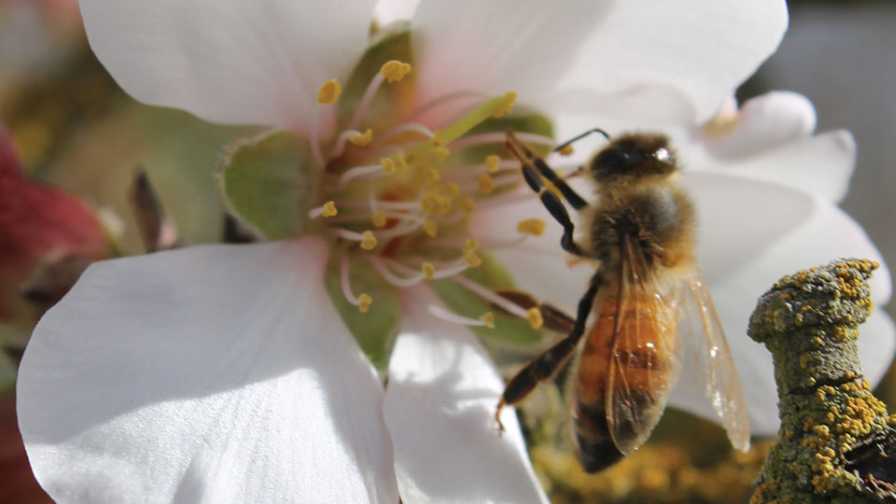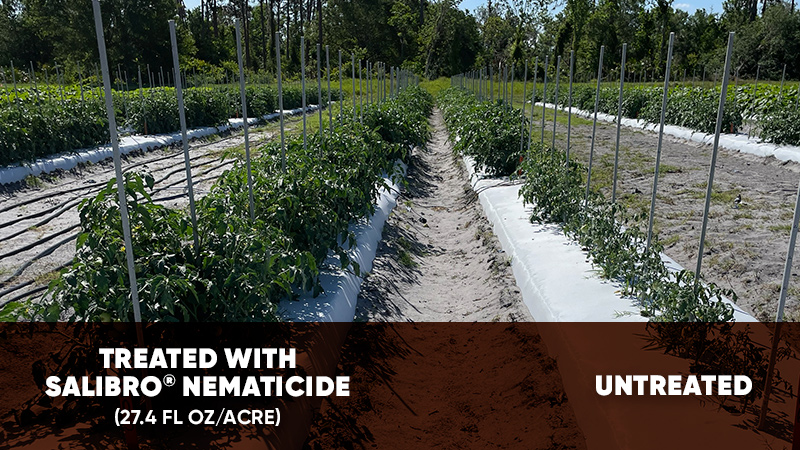Release Of Peach Genome Sequence Has Long-Term Benefits
There are some instances in which major developments take place in the fruit industry, but the full benefits of these developments are not realized immediately, but rather over a long period of time. The recent release of the peach genome sequence, a success story 10 years in the making, is one of those instances.
In April, an international team of scientists publicly released the peach genome sequence, the first genome completed for crops in the Rosaceae family (which also includes apples, cherries, berries, almonds, citrus, and a handful of other crops). This new resource will now enable plant breeders to use targeted, DNA-informed breeding efforts to improve plant traits such as enhanced flavor and disease resistance. “Having access to even a piece of the genome sequence can save researchers literally years of work,� explains Dorrie Main, an associate professor of bioinformatics in the Washington State University (WSU) Department of Horticulture.
Jim McFerson, manager of the Washington Tree Fruit Research Commission (and “Tree Fruit� columnist for American/Western Fruit Grower), was also involved in the genome sequencing. “It is tremendously exciting to know that researchers will now have access to this critical genomic tool, which has direct applicability to our breeding and physiology programs in apple, cherry, and pear,� he said. “It gives our researchers and industries a real competitive advantage as well as contributing to the world’s scientific knowledge base.�
A Competitive Edge
For those in the research field, this news is the culmination of years of study, and helps pave the way for rapid advancements in plant breeding. But as a grower, you might be thinking, what does this really mean for me?
WSU sweet cherry breeder Nnadozie Oraguzie perhaps sums it up best by explaining: “This information will be of immediate value in my breeding program and allow us to make much quicker progress to develop superior new cultivars for Washington and Oregon cherry growers.�
The end result of this announcement will mean better quality trees and better quality fruit. It will also make it easier to determine in advance whether varieties might be more suitable for one area than another. As Albert Abbott, a professor of plant genetics at Clemson University, notes, “Consumers are becoming much more aware of the health benefits associated with varieties optimized for nutritional value. The stone fruit industry faces many significant challenges, and these varieties will help growers gain a competitive edge in the marketplace.�
One of the greatest challenges in the fruit industry is that it’s so difficult to predict what variety traits consumers will be interested in down the road. It takes years to develop a new cultivar, evaluate it from the researcher, grower, and consumer perspective, push it out to the grower community, and bring it to market. The ability of plant breeders to quickly make decisions on cultivar characteristics, while maintaining quality, will likely shorten this time frame significantly.
A Team Effort
As you can tell from the wide range of scientists quoted above, the discovery and release of the peach genome sequence was truly a team effort. Bryon Sosinski, a graduate of the Clemson genetics program and currently an associate professor of horticultural science at North Carolina State University (NCSU), was the U.S. coordinator of the project and worked closely with scientists in Italy, Spain, and Chile. Within the U.S., the principal partners were WSU, NCSU, Clemson, and the Joint Genome Institute.
The result of these individuals’ efforts speaks to the importance of supporting state breeding programs. But there is still more work to be done. For example, McFerson, Main, and others are part of RosBREED, a group funded by USDA’s Specialty Crop Research Initiative that is working to integrate modern genomics tools with traditional breeding approaches to transform crop improvement in Rosaceae crops. Led by project director Amy Iezzoni of Michigan State University, their eventual goal is to significantly improve the profitability of the U.S. rosaceous crop industries and contribute to increased consumption of fruit, nut, and floral products. The group has several participants and collaborators, and is working hard on behalf of the entire produce chain, from breeders to growers to consumers. Be sure to keep up with their efforts by going to their website, www.rosbreed.org. The benefits of their efforts will be noticed for years to come.










